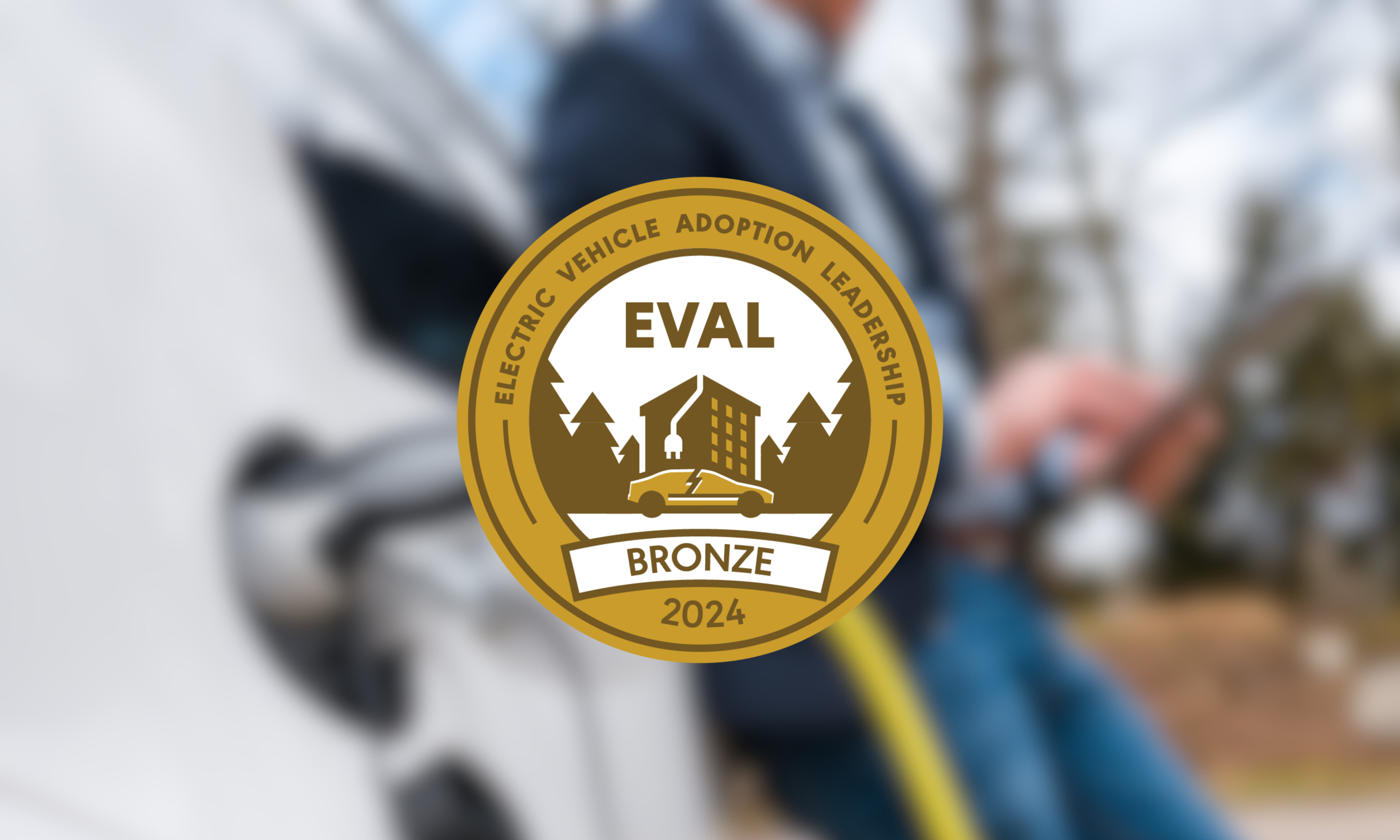In the summer of 2012, news emerged of Nissan LEAF owners in Tucson, AZ, and other hot-climate areas experiencing unexpectedly large losses of battery capacity. This caused quite a stir in the LEAF owner community. The thread discussing this issue on the My Nissan LEAF (MNL) forum has over 5,000 posts.
In September, Tony Williams conducted a range test in Phoenix to validate owners’ concerns about loss of battery capacity as indicated by the vehicles dashboard display. Tony’s test showed that the loss of capacity was genuine, although the car’s capacity bars generally overestimated the loss slightly.
In October, Plug In America began work on a broad survey of LEAF owners in all climates with the goal of adding to the work done by Tony Williams and others on the MNL forum. The survey was launched on October 25th. In November, I began working on analyzing the data on 240 LEAFs resulting in a paper that we released on December 21st.
Some quick findings from the survey:
- Over 90% of survey participants have not lost a capacity bar.
- Over 75% believe they have lost no more than a few miles of range.
- Those who have lost capacity bars are almost all in hot climates.
- Not all cars in hot climates have lost capacity bars.
- Factors other than miles and climate don’t have a big effect on capacity.
- In cool climates, a LEAF can go 60,000 miles before losing a capacity bar.
One of the most interesting graphs from the paper shows the relationship between miles driven, climate and capacity bars. Each marker on the graph represents a vehicle. Its position shows the miles reported driven (horizontal axis), the average high summer temperature for the owner’s zip code (vertical axis), and the number of capacity bars reported by the owner. The green circles indicate cars that still have all 12 capacity bars, meaning they have lost between 0% and 15% of the car’s expected battery capacity when new. The blue plus cars have lost one bar (15% to 21% capacity lost), and the red x cars have lost two bars (21% to 28%).

As you can see the cars reported to have lost capacity bars are mostly near the top of the graph, indicating hot summer temperatures. Although cars in hot climate may lose a capacity bar with less than 10,000 miles driven, cars in more moderate climates are going 30,000, even 60,000 miles without reporting a lost bar.
Although the survey covers only about 1% of US LEAF owners, and survey participants are self-selected, this indicates a strong relationship between hot climates and cars with reported lost capacity. Because of the non-scientific sampling method, it does not tell us how many hot climate cars are having early capacity loss issues.
Other factors considered in the data analysis include frequency of quick charges, 100% vs 80% charging, leaving the car parked at 100%, driving until receiving various levels of low battery warnings and score on Nissan’s battery report given as part of the annual service. None of these factors showed a significant effect on battery capacity loss. Perhaps these factors would become measurable with a larger body of data. If you are a LEAF owner and haven’t yet contributed to the study, please take the survey.
On December 27th, Nissan’s Andy Palmer announced they would enhance the battery warranty on existing and future LEAFs to guarantee at least 9 capacity bars, about 70% of full new capacity, for 5 years or 60,000 miles. This makes Nissan the first automaker to guarantee any level of battery capacity for an all-electric vehicle. Nissan expects that “the great majority of owners will never have to use this enhanced warranty.”
Early reaction seems to be mostly positive from the MNL LEAF community. Hopefully this will give both existing and potential LEAF owners confidence about long-term battery capacity health of the LEAF.
